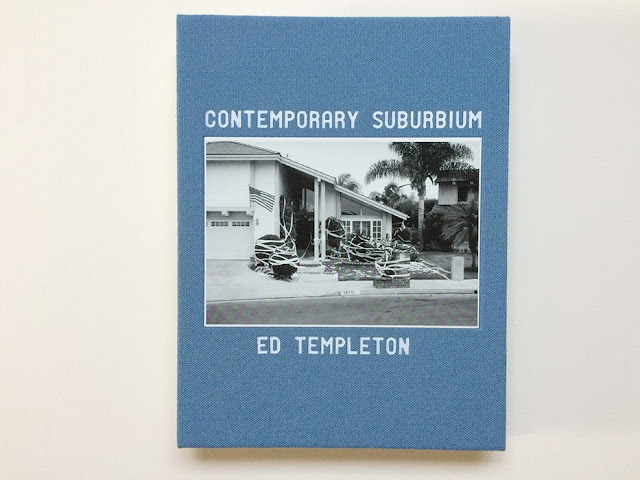It being a
Sunday afternoon, I combined my afternoon drift with a visit to Skylight Books
to see Lynell George read from her book After/Image. And to get a signed copy, of course. Lynell George is a flâneuse, a pedestrienne, and above all a
woman who walks and looks and takes photographs and writes about it. Also an Emmy winner. Cool.
As is the way of these things, I opened the book at random and found a
reference to Dorothy Parker describing Los Angeles as “seventy-two suburbs in
search of a city.” This is apparently a
well-known sneer but I’d never heard it before.
You’d think I would have. And, as Lynell says in her book, some of us don’t think that’s such a terrible thing. One of the 57 books I regularly think about writing but probably never
will is titled In Defense of Suburbia.
I’ve been trying to find the source of that Dorothy Parker quotation,
and as far as I can tell there isn’t one.
Adrienne Crew
president of the LA Chapter of the Dorothy Parker Society and a tour guide says in a blog post, “I am asked on a regular basis if
Dorothy Parker actually said that Los Angeles is ‘72 suburbs in search of a city.’ The answer is...probably not.
“The quote has been attributed to Dorothy Parker but it's really a
paraphrase of Aldous Huxley's bon mots found his 1925 book, Americana. He
wrote that Los Angeles was "nineteen suburbs in search of a
metropolis" and he was probably quoting someone else who initially said
Los Angeles was seven or six suburbs in search of a city. The witticism
expanded from there. At times it was attributed to H.L. Menken, Robert Benchley,
Alexander Woollcott and Dorothy Parker. Most likely it was Mencken who used the phrase in an essay published in the
April 1927 issue of Photoplay magazine after visiting Los
Angeles for three weeks in 1926.”
And yes, it does sound
like the kind of thing you might say after three weeks.
I don’t know if Dorothy Parker got around much when
she worked in LA but the only places she lived were Beverly Hills and West
Hollywood, thereby leaving her some 70 suburbs short. This is her, perfectly nice suburban bungalow
on Norma Place.
But I did wonder about the basic premise: just how many suburbs are there in LA? Wikipedia has a “List of districts and neighborhoods of Los Angeles” which numbers just
under 200, but by no means all of them are suburbs. “The Old Bank Distrct” for
instance is just the area where the banks are in downtown, and therefore part
of the “urb.” And some of the places I’ve
never heard of such as the “Platinum
Triangle.”
As a local, I could probably tell you the difference between Hollywood, East Hollywood,
Hollywood Hills, Hollywood Hills West, and Hollywood Dell, though I’m sure you
wouldn’t thank me for it, and suburban though they may all be, I’m pretty sure
they don’t constiture four separate suburbs. Still, with bit of casuistry, I think you probably could
identify 72 distinct and separate suburbs in LA, if that’s your pleasure.















